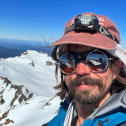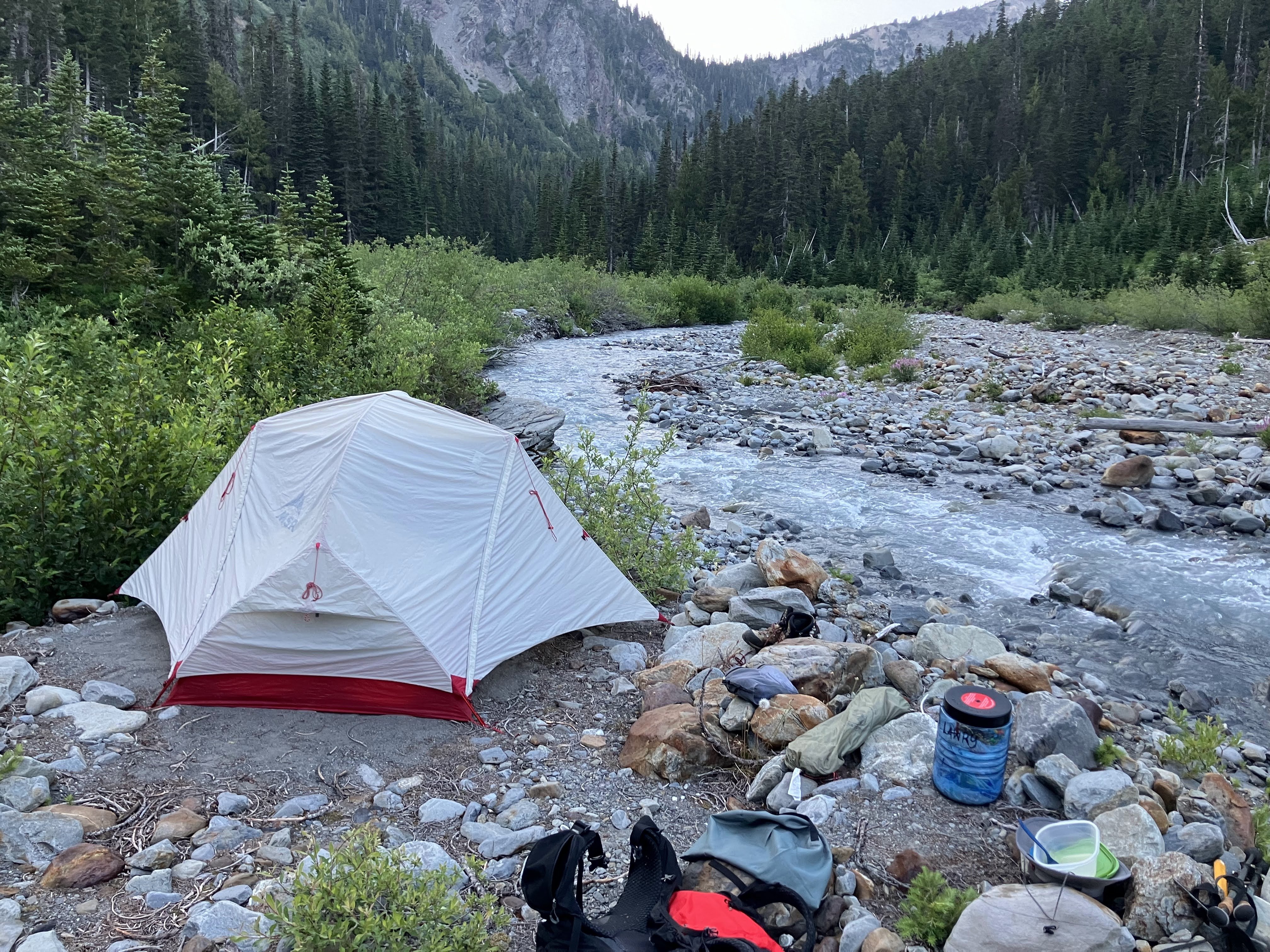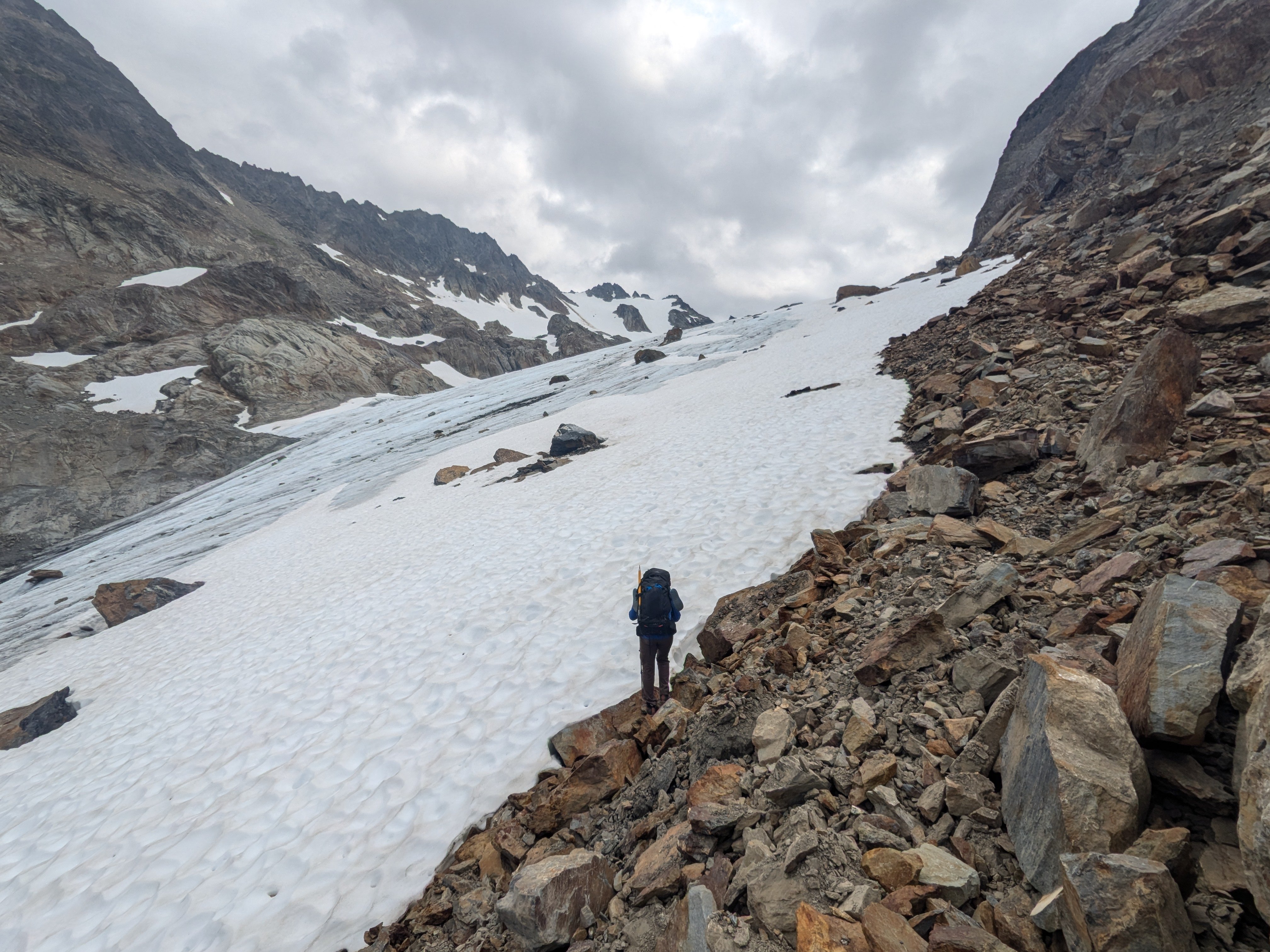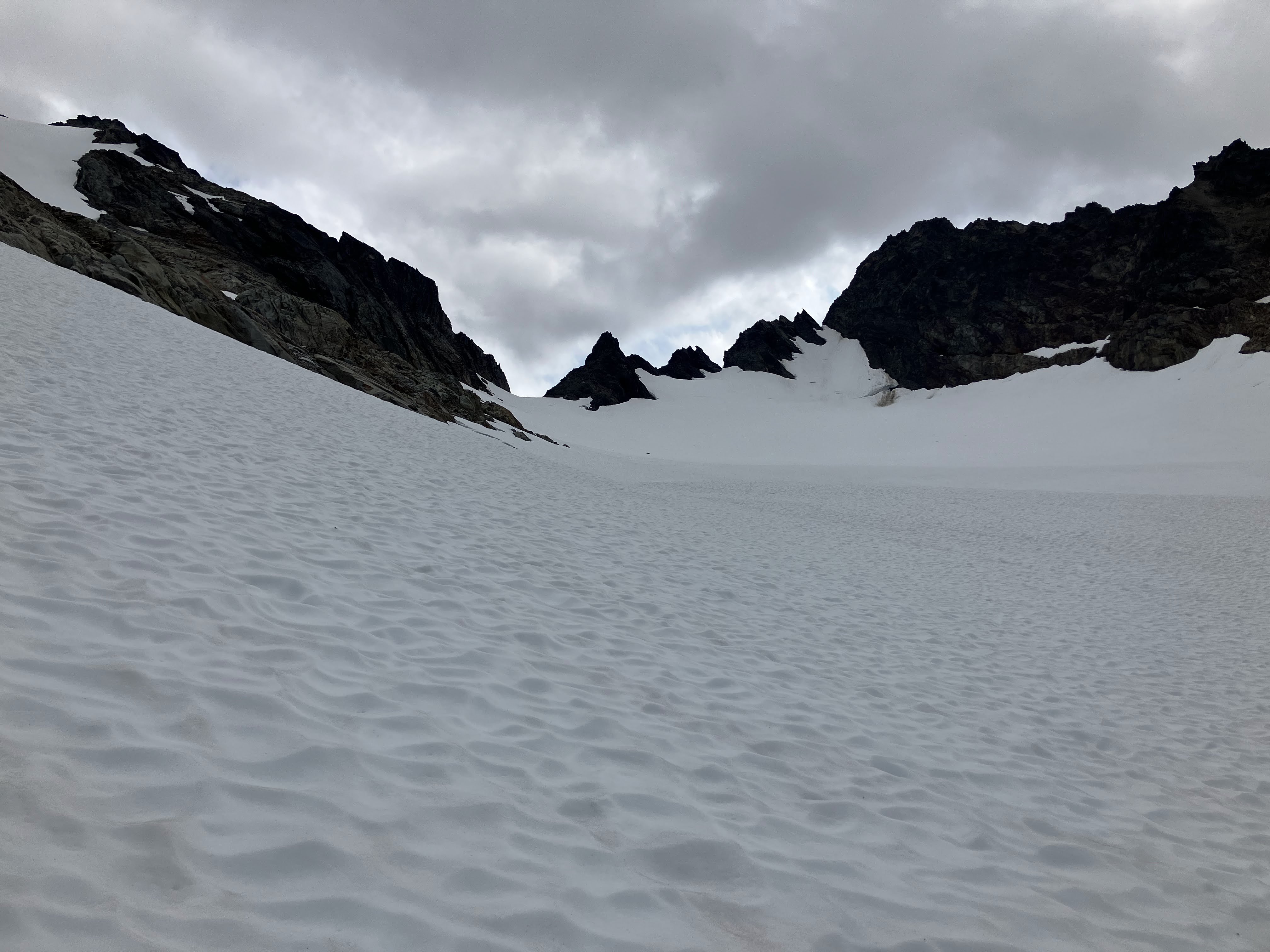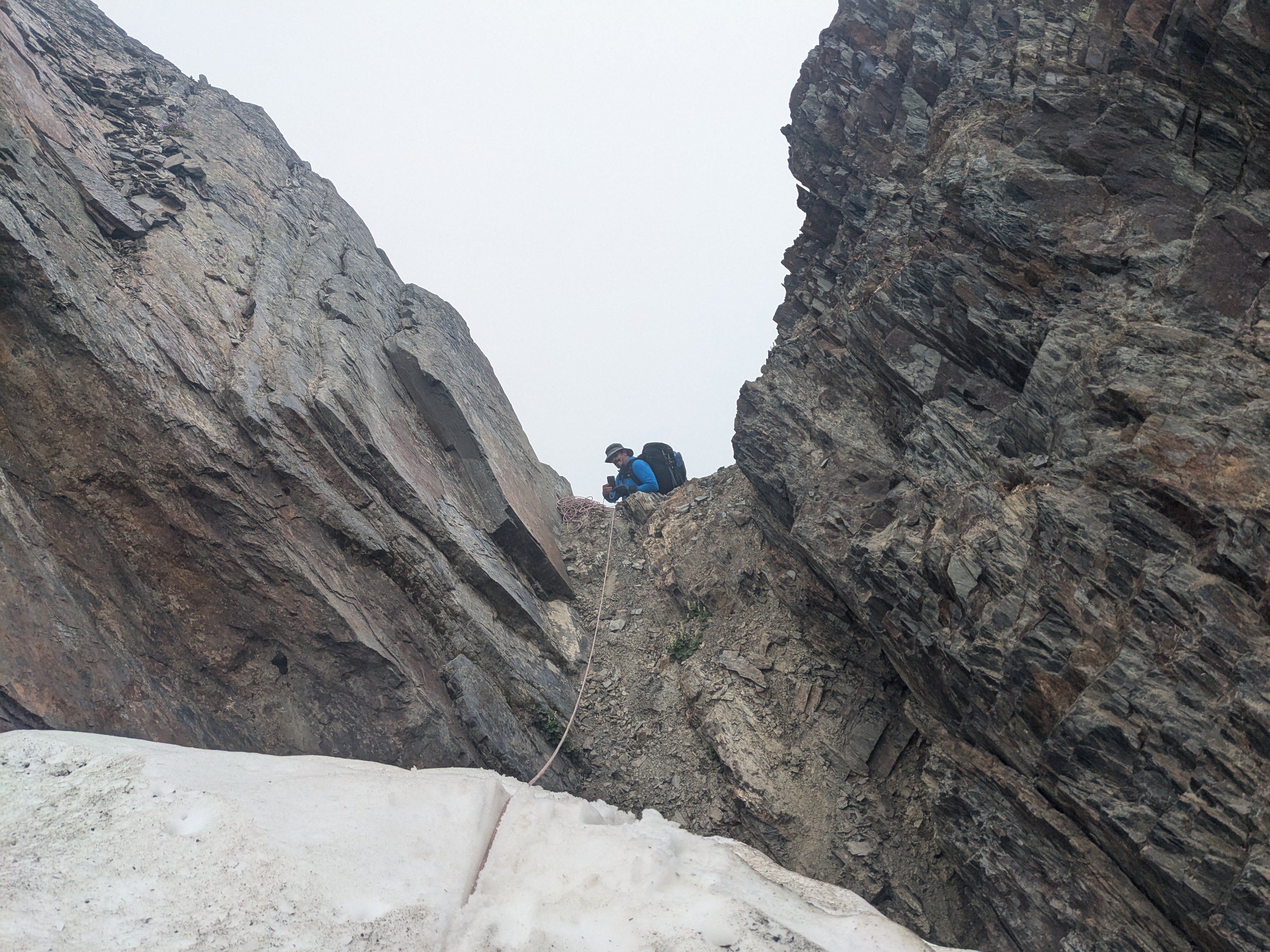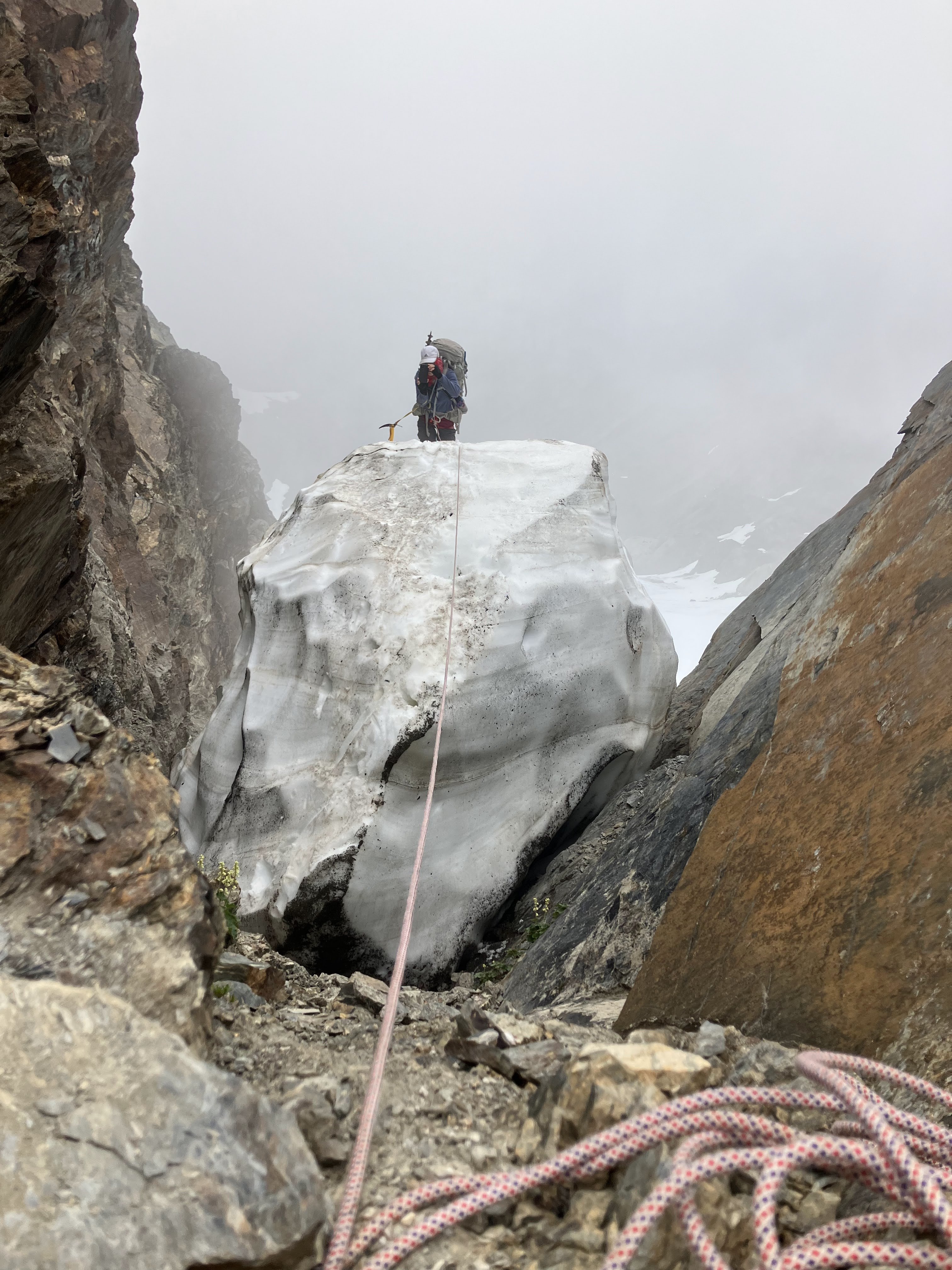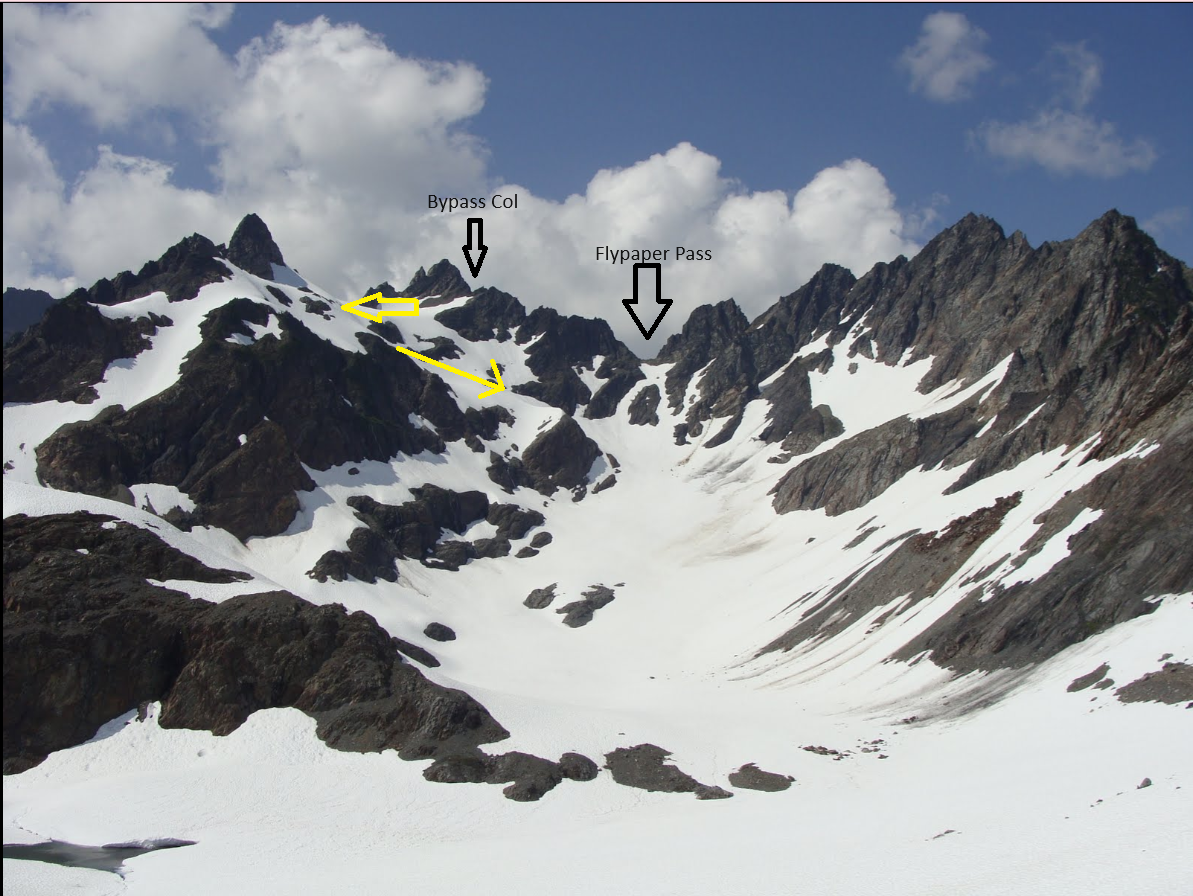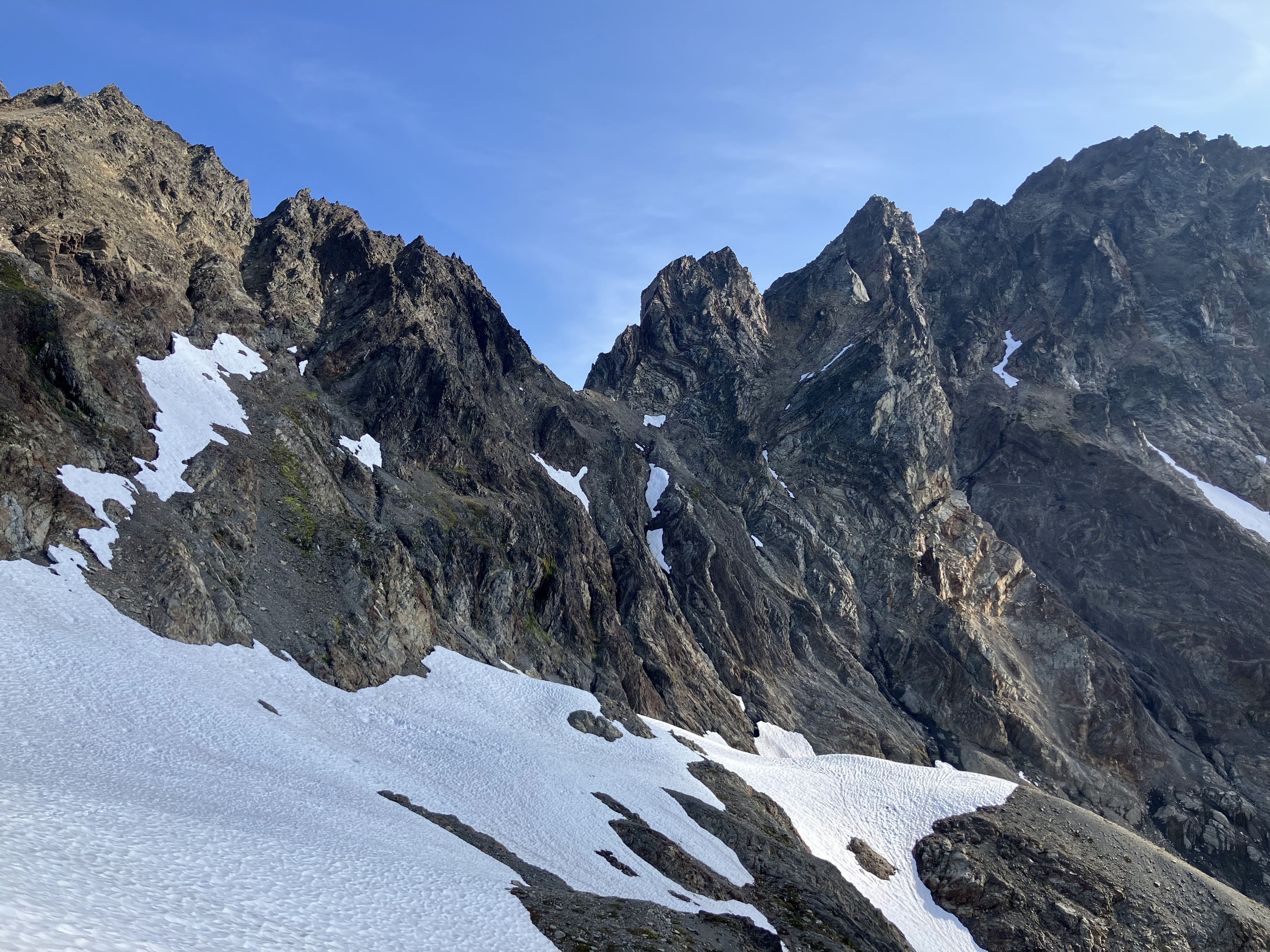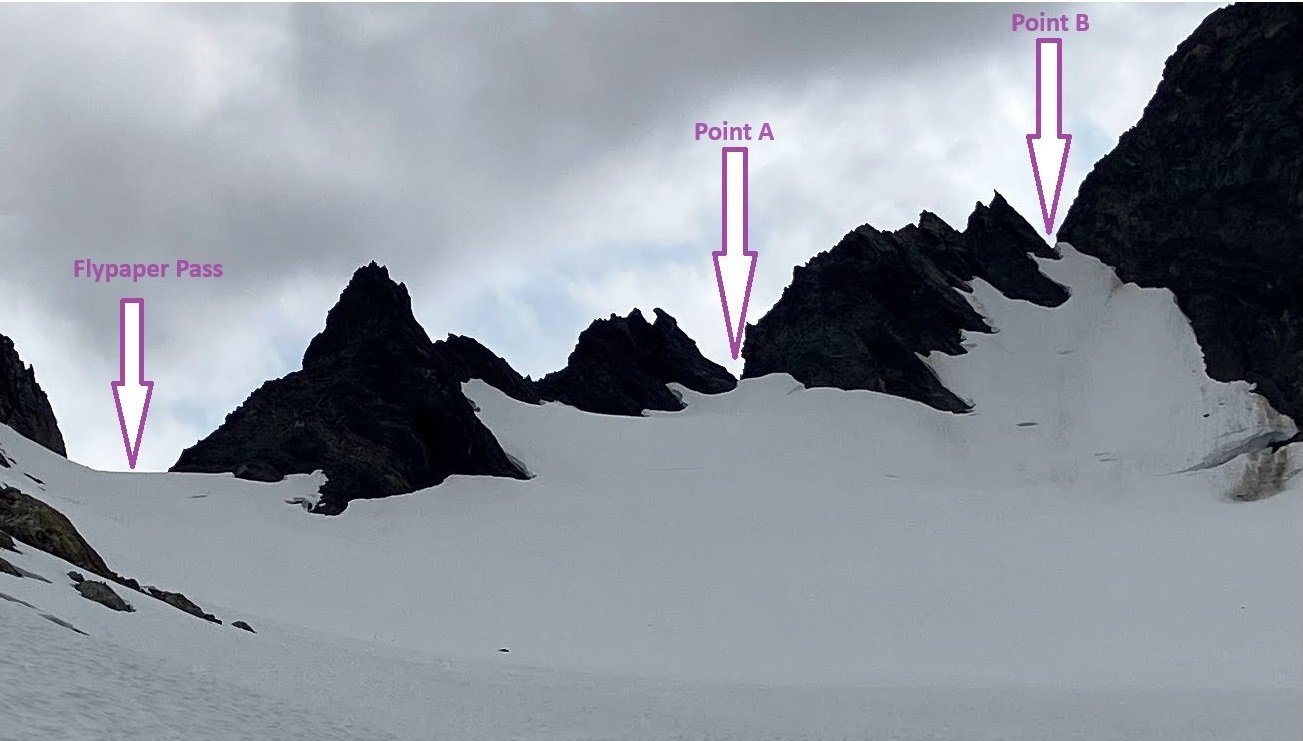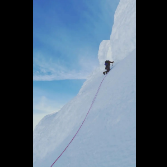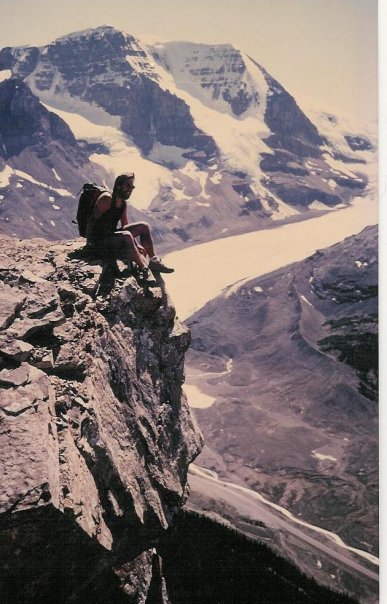Leaderboard
Popular Content
Showing content with the highest reputation on 08/20/24 in all areas
-
Trip: Olympic Mountains - Cushman Six (FKT) Trip Date: 08/17/2024 Trip Report: After being thwarted from our larger August objectives in the cascades by fires and lightning storms, I decided to return to ol’ reliable. Except for a budding fire just north of Lake Cushman (we got lucky with the wind), the Olympics had good air and good enough weather compared to the east. All we needed to do was a ridge link-up of 6 summits in the Mount Skokomish Wilderness area before the thunderstorms hit. This route involves 22 miles and 11k vertical gain (and loss). While much of the route has some sort of trail to follow, I would put it closer to the category of alpine rather than hiking or trail running given the technical sections. This includes all types of mountain moving such as traversing rocky ridges, 3rd-4th class scrambling, and just enough bushwhacking to feel like an adventure. While I enjoy being able to go to the peninsula for the isolation you can’t find as easily in the cascades, I share this story to hopefully bring more love to the delightful and often maligned mountains of the Olympics. Also to entertain those who are unable to climb in the east due to the fires hitting the cascades. Cheers and enjoy our joyful suffering! I learned a few lessons from my solo run a year before. 1. Start later because route finding is easier and sleep is key 2. Bring crusher wife in order to run several hours faster. Note: A few pictures are from my first run. The only benefit of a 12:30am start is the stars and sunrise. Summit of Washington 3:15AM - Heavily negotiated wake-up & drive to Big Creek - 5:21 AM start Washington - 2:36 - Hard push up Mt Washington leading to a summit. It’s all up-hill trail moving for the first 7 miles. I was proud of my 3 hour push last time, but Monica showed me how it was done by running up sections I walked last time. Definitely high effort the whole way and my legs were getting a taste of the soreness to come. Monica began feeling sick here and was close to puking. Being one not to complain, she kept pushing despite this feeling persisting for the whole day. We took one of the spicier technical sections to get to the summit block for good measure. The road to Ellinor. Some day this whole route can be done on the high ridge connecting all peaks. I tried some of this ethic on my last attempt but it makes the route significantly harder. This time we were going for speed. The final section on the low traverse to Ellinor. Ellinor - 4:02 - Other than one accidental cliff-out section, we didn't have trouble finding the optimal route to Ellinor. Running on some sections of the heather and scree. Lots of snow in the Col below Ellinor but not worth stopping for water. At this point, We were an hour and a half faster than my last attempt so stoke was very high for the day. Dropped our packs to feel a little free on the last hundred feet. Awesome Some creative engineering to create bridges and hand lines to bear camp. Luxurious Rock House at Bear Camp. Rose - 5:47 - Before traversing to Rose, you descend a horrifying amount of the vert you've gained. You then cut off the main Ellinor trail and enter an old but well-maintained side trail to one of the coolest camps we've ever found. It's the type of place one goes to retire and live in relative isolation. Monica got her first of 5 bee stings during this section. The uphill section of Rose did a number on us as we began overheating (down-side of a late start). Luckily we stopped at a much appreciated stream and took a 5-minute break while dunking our heads in the water. Here we each filled up with 2.5 more liters of water. Eating lots of huckleberries while moving. The sweet sugar bomb aid stations almost made me classify this as supported by nature. Some of the easier sections The amazing view of easy scrambling after an hour of bushwhacking. Copper 1 & 2 - 8:20 & 8:36 - Compared to some of our earlier trips to the cascades this year, the bushwhacking felt easy enough for this section. However, my MCL began having a sharp pain so we slowed down to avoid what felt like a potential tear if I took the wrong step. Here I made the decision of slowing down significantly which added a good amount of time overall. A rescue would have been treacherous in our position and I’m getting to the age of starting to value my long-term health over silly things like FKTs. Luckily it went away after a few hours of cautious moving. As is often the case, my body began feeling much better when my hands began relieving my legs of some of the effort. Looking back at the progress: Washington, Ellinor, and Copper 1. We were 10 feet below the summit on Copper 1 and didn't do the easy scramble because there were hundreds of bees swarming the summit. Literally a swarm amassing several meters surrounding the summit. After 3 bee stings for Monica by this point and a yellow-jacket allergy for me, we decided to skirt around to avoid potential death. If anyone wants to contest the route for this reason, so be it, but you must send the message from Copper summit. We maintained the ridge rather than dropping down to access Copper 2 which presented some fun 4th class climbing. The line down to Cub. Cub - 10:20 - The talus fields below Copper are incredible with some of the most unique rocks on the peninsula. Would love to know how those pinks, blues, and purples are made. The pictures don't do it justice, so you must go see them yourselves. We made better route finding choices than I did last time by avoiding several cliff-out sections, but we still hit our crux of the route leading down to Wagon wheel lake. We mistakenly took the devil's club route to start, then BEES!, then took a few good slips & slides once we got to the steep old growth. Finally, we crashed down onto the trail with a few new cuts and bruises. The last few hundred feet of elevation gain to get to Cub peak may have cooked us but it didn't break the stoke. Weirdly there were hundreds if not thousands of biting flies on the summit of Cub. I didn't have time to think if this was some type of weird mating ritual where insects congregate on summits as I suffered through the black mist to briefly stand on the high point. The ridge is always longer than I remember to traverse but at least you have constant views of the rugged sawtooth ridge to your west. The serrated ridge reminded me that the soreness in my body doesn't compare to the physical and emotional pain Emilio and I experienced when we attempted to sharpen the saw… Could some mountain goat attach the Cushman Six to Sawtooth Ridge?? I dare not name this line but one wonders if it's even possible. Maybe in my next life. Staircase TH - 11:32:42 - I could hardly call this section running, but we somehow hobbled down the trail compelled by downward momentum and thoughts of food. Thinking about how to satiate a deep hunger after burning 5k calories, only eating 400-600 throughout the day, and also feeling sick. Here we were lucky enough to find some Reishi on the trail we brought home for tea to heal our bodies. The quads took their final beating and we arrived back at the trailhead to our second car we parked in the morning. We remarked on the brutality of having to run through that dusty shoulder-less road to get to big creek; later to find out the FA party did this. I respect this type of masochism, but thank you FA Party for not choosing that kind of suffering for the rest of us. Link to FKT: https://fastestknowntime.com/route/cushman-six-peaks-wa Gear Notes: 3.5L & 2.5L of water to start (would have suffered immensely without the water we found below Rose), shorts, t-shirt, trail runners, 8L running vest, 4 bars, 2 PB&J BoBos, half a cookie, 2 handfulls of dehydrated fruit, huckleberries, electrolyte pills, and Stoke. Approach Notes: Easy 1hr drive from home. Then Run. IMG_1121.HEIC IMG_7121.HEIC IMG_7132.HEIC IMG_1123.HEIC IMG_1125.HEIC IMG_5056.HEIC IMG_1130.HEIC IMG_1131 (1).HEIC IMG_1132.HEIC IMG_5074.HEIC IMG_5080.HEIC IMG_5049.HEIC Copy of IMG_5024 (1).HEIC Copy of IMG_5024 (1).HEIC2 points
-
The Molines strike again with another FKT! Damn y'all are really cookin' out there. Props to Monica for being able to get your ass in gear, what an absolute crusher. Awesome TR and even more awesome effort, big congrats to the both of you. That photo of Sawtooth sure got me fired up!!1 point
-
Trip: Olympic National Park - Eel Glacier to Anderson Pass with Backpacks Trip Date: 07/27/2024 Trip Report: We made this traverse July 27-28 2024 as part of a 10 day backpack starting from Obstruction Point. Neither of us had previously been in the area of this traverse. Packs were still quite heavy with about 5 days of food remaining after this traverse. I am writing this mostly to emphasize an alternative to Flypaper Pass that we found manageable with heavy packs. For us, the most technical part was some steep snow on the Eel Glacier side (i.e., to the north of the pass). We started this traverse in Silt Creek, from a camp on a sand/gravel bar. My partner found a very nice patch of fine sand the previous day for our tent. From there, the terrain to Eel Glacier was schizophrenic: sometime fast travel through meadows, sometimes slow travel to relish battling the the bushes and downfalls. Eventually, we began up the right side of the snout of the glacier. After an uneventful ascent of the glacier and then snow on the left, we arrived a couple hundred feet below Flypaper Pass; see picture well down before reaching the pass. The pass is the low point on the skyline. Note two ridge-line points to the right / east of the pass where the snow touches the sky. I'll call the point closest to the pass Point A and the one farther Point B. Point B is at 47°43'9.90"N, 123°20'25.41"W. Initially we tried Flypaper Pass itself. After going down about 150 feet of steep talus on the other side of the pass, we decided it was too treacherous for us with heavy packs. We returned to the pass with the idea of trying an alternate way described by another party. The other party had come up from Anderson Pass to do some peak bagging. Unfortunately, I can't find the link to that trip report right now. From the pass, we retraced our steps back down towards Eel Glacier and traversed east to beneath Point A. The snow up to Point A had easier snow compared to Point B; I didn't want to climb to Point B unless we were confident Point A wasn't the one. We trudged up to Point A and confirmed it wasn't the one - steep rock down the other side of it and technical climbing on questionable rock if one tried to follow the ridge from Point A to Point B. After backing down again, we traversed a bit beneath Point B. Ascending involved kicking gradually deepening steps up some gradually steepening snow for about 250 feet. The first went up mostly unprotected using an ice axe for self-belay. In hind sight, it may have been better to borrow a partner's ice axe to use as a mid-way protection point - assuming a partner willing to give up their ice axe. A snow picket or two would have been very nice to have which we did not. At the end of the snow near Point B, there was a short but steep downclimb to get off the snow to ascend rock/dirt up to the notch. See pictures with one of us at the notch taking a picture of the second who is about to do the short but steep downclimb on snow. The way from Point B down towards Anderson Pass is relatively casual and done as indicated in the annotated image taken from the south (image not from this trip). We found at first a couple hundred feet of moderately steep talus from the notch, then easy snow intermixed with some class 2 in a few places on rocks. A couple times we overshot the easy way and had to back up. Eventually, we found ourselves at the base of the standard rock/snow slot that is the way up to Flypaper Pass. For us, a direct descent from Flypaper Pass would have had a fair amount of downclimbing rock plus dealing with a broken snow finger; see photo showing two larger vertically aligned snow patches below the pass.I believe a competent party could reverse this alternate way we did through Point B. Someone uncomfortable with steep snow might want roped protection on the Eel Glacier (north) side of Point B. For that, 60 or 70 meter rope would probably be sufficient for single-stranded rappel, lower, or just a belay from above. Double-stranded rappel with that length of rope would probably end on still-steep snow. Gear Notes: For this traverse including the glacier travel, we had 200 foot 6mm static cord, two ice axes, a couple slings with biners each, and micro-spikes. I was comfortable with that for getting to Flypaper Pass; we doubled the cord for the glacier travel. Then, even with 200 feet of cord, we probably did about 50 feet of simul-climbing up steep snow - definitely outside of "best practices". A "best practices" gear list would replace the static cord with a fatter rope that is dynamic and water resistant. Having a snow picket or two for the steep snow would have been nice. Approach Notes: Approached from Eel Glacier following high-alpine traverses described in an old version of the "Climbers Guide to the Olympic Mountains".1 point
-
1 point
-
1 point
-
That looks like Canada? I have been digging up routes and locations in hopes of a trip next year. Also thanks for starting this Jason, I would be game for another picture fundraiser if you do it again. A picture of my mentor (father) pre 1988 on top of Mt Wilson after doing Athabasca- Skyladder, Andromeda N face, and Attempt of Andromeda-Strain1 point

